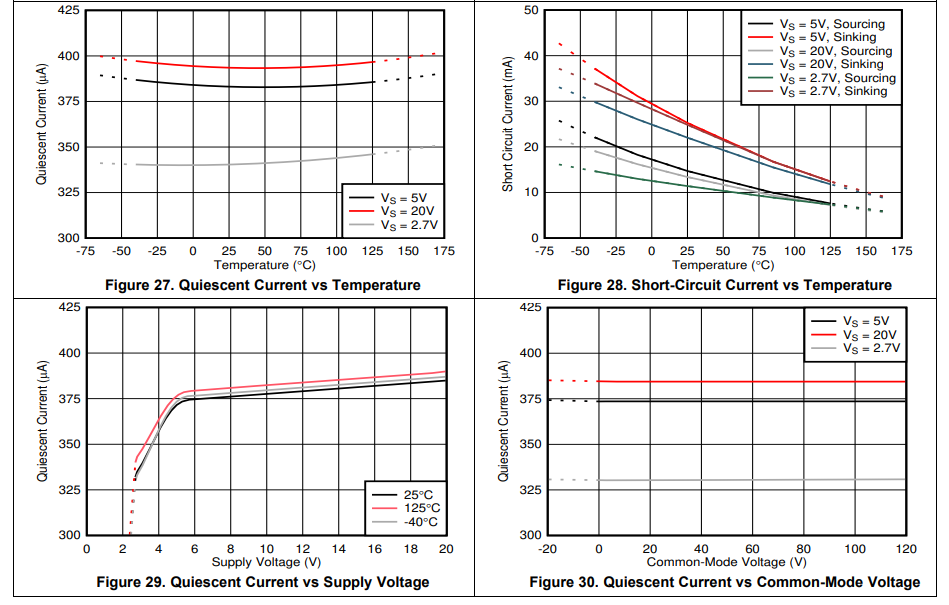The output voltage of INA290 is 0.025V which leave us blind when reading low currents. do you have any suggestion to solve such problem.
-
Ask a related question
What is a related question?A related question is a question created from another question. When the related question is created, it will be automatically linked to the original question.




